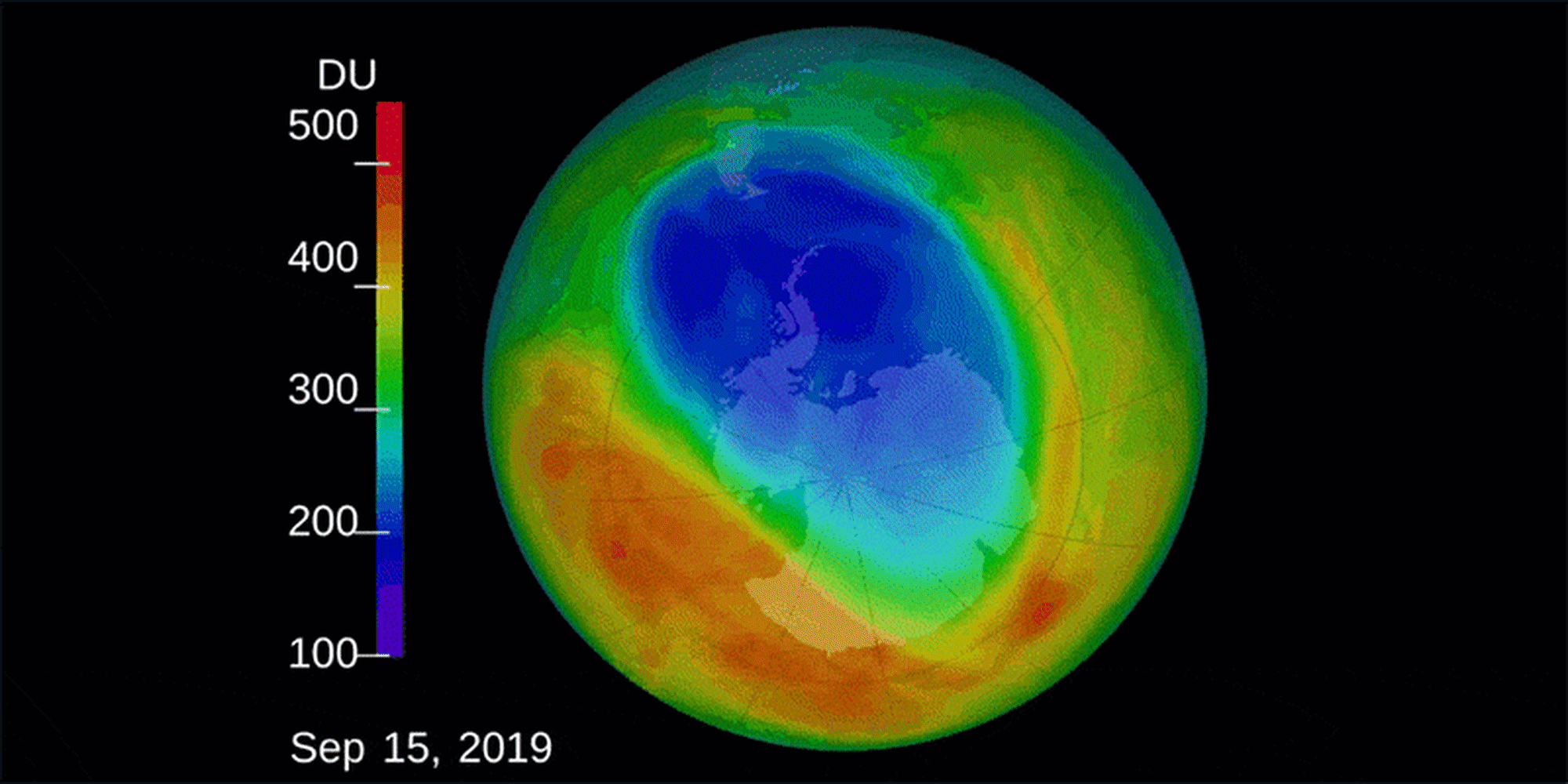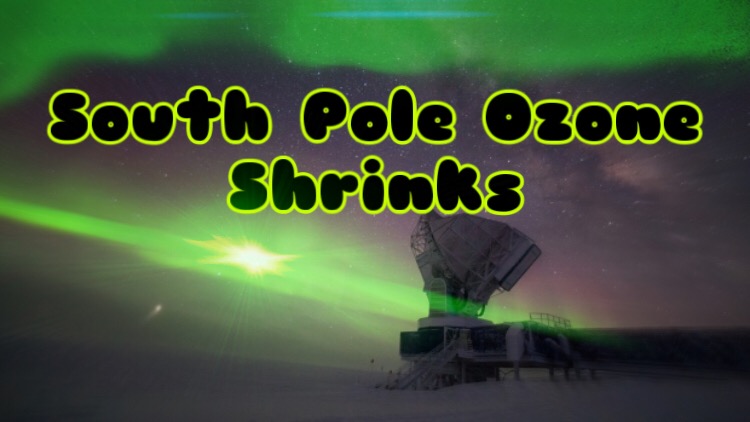South Pole’s ozone hole shrinks to smallest since last discovery
The ozone hole near the south pole this year is the smallest since it was discovered, but it is more due to freakish Antarctic weather than efforts to cut down on pollution
October 27, 2019

While depletion of the ozone has decreased over the years; however, the hole’s smaller size this year is related to abnormal weather and wind patterns, rather than efforts to cut down on pollution. For nearly a billion years, ozone molecules in the atmosphere have protected life on Earth from the effects of ultraviolet rays. It’s no surprise that in the past 60 years or so human activity has contributed to the deterioration of the ozone layer.
This fall, the average hole in the Earth’s protective ozone layer is 3.6 million square miles. That’s essentially down from a peak of 10.3 million square miles in 2006 nearly 13 years ago. This year’s hole in even smaller than the one first discovered in 1985. In a sense, this could potentially be good news meaning more ozone over the hemisphere, and less ultra violet radiation at the surface.

Earth’s ozone layer shields life on the surface from harmful solar radiation, but man made chlorine compounds that can last in the air for 100 years eat at the ozone layer, creating thinning and a gap over the Southern Hemisphere.
The hole reaches its peak in September and October and disappears by late December until the next spring in the Southern Hemisphere.
ERHS senior, Trevor Phillips gave his opinion on the matter saying, “I feel as though the shrinking of the ozone is nothing to worry about. It is a bit off putting, hopefully nothing drastic will occur with the weather.”
According to NASA scientist Paul Newman, “the 1987 international Montreal Protocol, the only United Nations treaty ratified by every country on Earth, banned many of the chlorine compounds used in refrigerants and aerosols. The ban resulted in a slightly smaller ozone hole in recent years, however this year’s dramatic shrinking isn’t from those efforts.”
Senior, Miles Bennett gave his opinion on the crisis claiming, “It may be a stretch to say, but the ozone shrinking may undoubtedly set off a chain reaction in the weather. As of right now though, I feel as though the environment and weather will not suffer from any catastrophic changes.”
This September and October, the southern polar vortex, which just like the northern one is a swirl of cold high speed winds around the pole, started to break down. This is something that happens on occasion, occurring in 1988 and 2002, but not this extreme.


